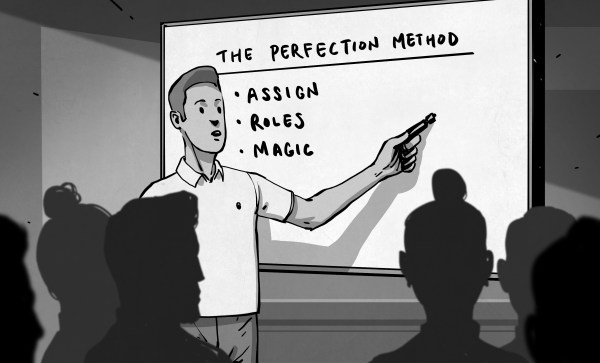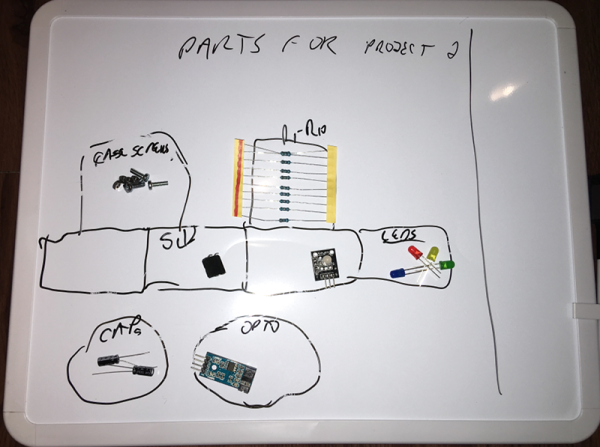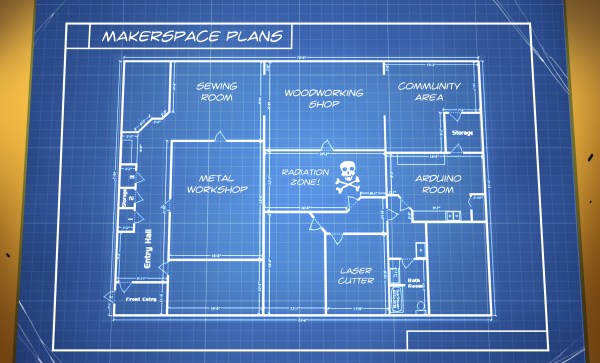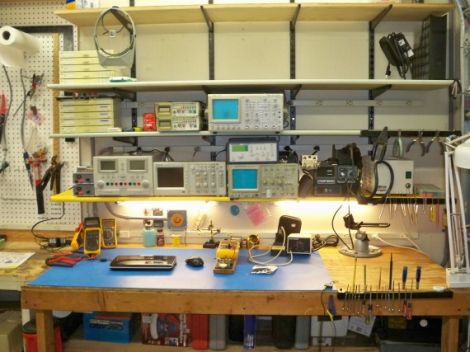There is often an observable difference between what is considered the right thing to do, and what actually is being done.
Terry Pratchett said it best when he made Death declare mercy and justice nonexistent: “TAKE THE UNIVERSE AND GRIND IT DOWN TO THE FINEST POWDER AND SIEVE IT THROUGH THE FINEST SIEVE AND THEN SHOW ME ONE ATOM OF JUSTICE, ONE MOLECULE OF MERCY.” (Note that Death is not shouting, he simply speaks upper case.)
We can’t measure justice and mercy. These are collective fictions — things we agree to believe to enable us to get along — and finding consensus on the immeasurable extends to political systems, religion, and most of economics. In a recent article [zwischenzugs] makes the point that methodologies in software development fall into the same category. Like collective societal fictions, methodologies tend to elicit strong emotional responses among those dealing with them.
A software development methodology is a playbook for getting from nothing to something. It’s a control system for how people working on the project spend their time. And there are a lot of these prescribed methods, from Agile to Waterfall, and any combination of letters is likely to turn an abbreviation for a methodology. An interesting game when hanging out in groups of software engineers is to start the “Have you ever tried the…” conversation. Just don’t expect to move to another topic anytime soon.
One disheartening aspect of methodologies is their resistance to scientific scrutiny. Two samples of development teams will differ wildly in so many characteristics that a meaningful comparison of the way they organize their work is not possible. Which will leaves us with anecdotes and opinions when discussing these things.
Current opinions regarding the impact of methodologies on the success of a project range from ‘marginal’ to ‘essential’. The latter position is mainly propagated by consultants selling agile certifications, so you may want to take it with a grain of salt. Whether a team adheres strongly to the methodology or adopts it in name only, it’s obvious they serve a purpose — but that purpose may not match the face value of the method.
Continue reading “Organizing Teams With Collective Fictions”


















